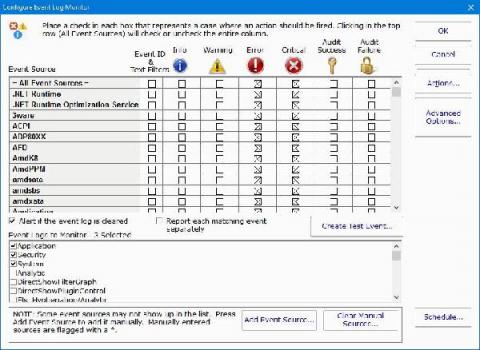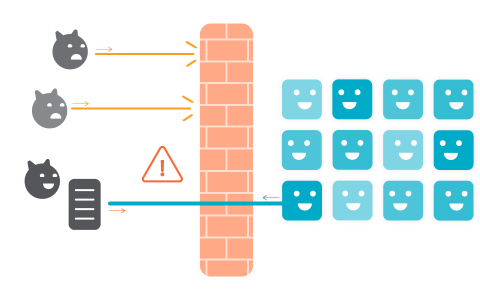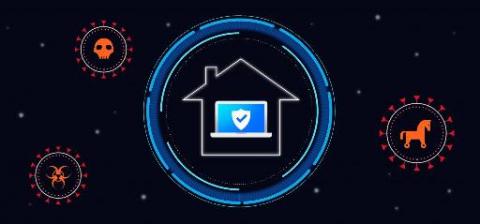5 tips to avoid cyberattacks on EdTech platforms
As the COVID-19 pandemic rages on, many educational institutions have been forced to shift their on-campus classes to online classes. Various EdTech platforms have also launched free classes that have prompted students to try their hands on digital education. With more students turning to online learning than ever, these platforms have emerged as a lucrative target for cybercriminals.











